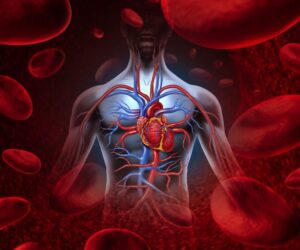WHY DOES BLOOD APPEAR RED

It is the presence of hemoglobin, a complicated protein that is found in red blood cells, that gives blood its characteristic red color. Hemoglobin is the protein that is in charge of transporting oxygen from the lungs to other parts of the body, including the organs and tissues. It is the presence of iron, which, when combined with oxygen, forms oxyhemoglobin, which is responsible for the characteristic red color of blood.
The amount of oxygen that is present in hemoglobin causes a change in the hue of the protein. When hemoglobin is oxygenated, as it is when it is in the lungs where it picks up oxygen, the color of the hemoglobin changes from dark red to bright red. After becoming oxygenated, the blood is sent throughout the body by the heart, which is responsible for its circulation. In the tissues, where oxygen is expelled to support the functioning of the cells, the hemoglobin changes color and becomes a darker red or a purplish hue.
The way we see the color of blood is also influenced by the way light interacts with it, which is why we see it red. Because blood vessels are located so near the surface of the skin, light that penetrates the skin has the opportunity to interact with red blood cells, which in turn heightens the sensation that the color red is there. This is especially noticeable in locations that have a high concentration of blood vessels, such as the tips of the fingers or the lips.
In conclusion, the presence of hemoglobin is responsible for the coloration of blood, which is determined in part by the oxygenation level of the hemoglobin in the blood. Blood that has been oxygenated appears brilliant red, while blood that has been deoxygenated appears darker. The interaction of light with blood, particularly in regions that are close to the surface of the skin, is another factor that contributes to the coloration of the blood as red.



